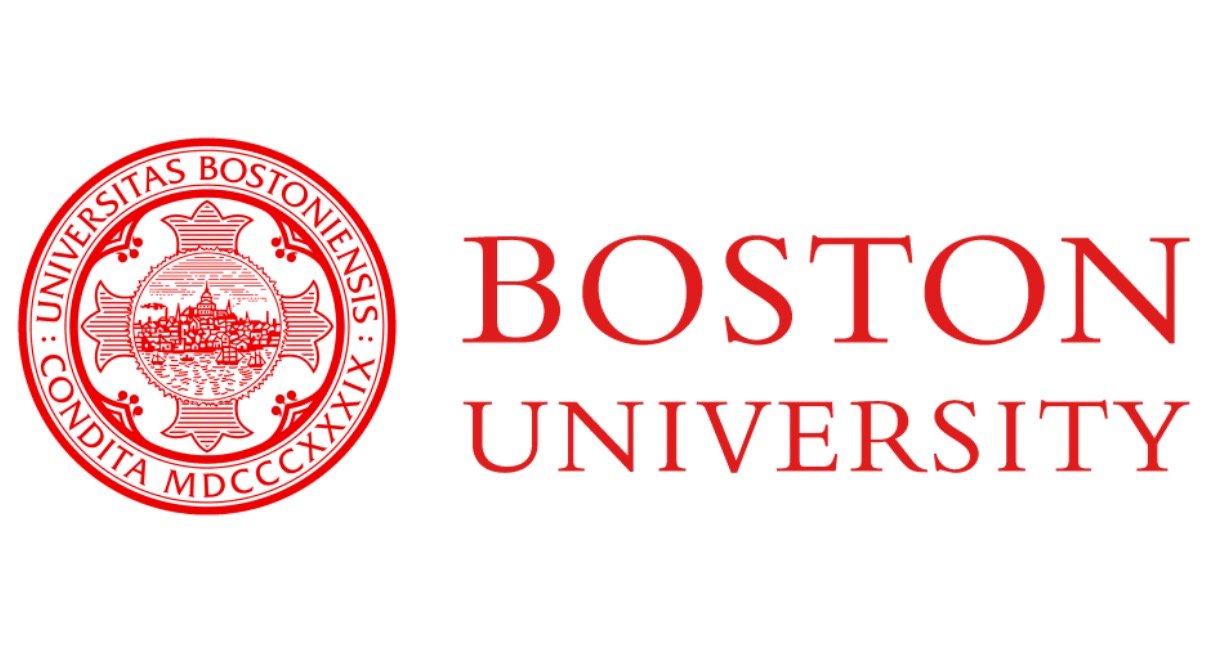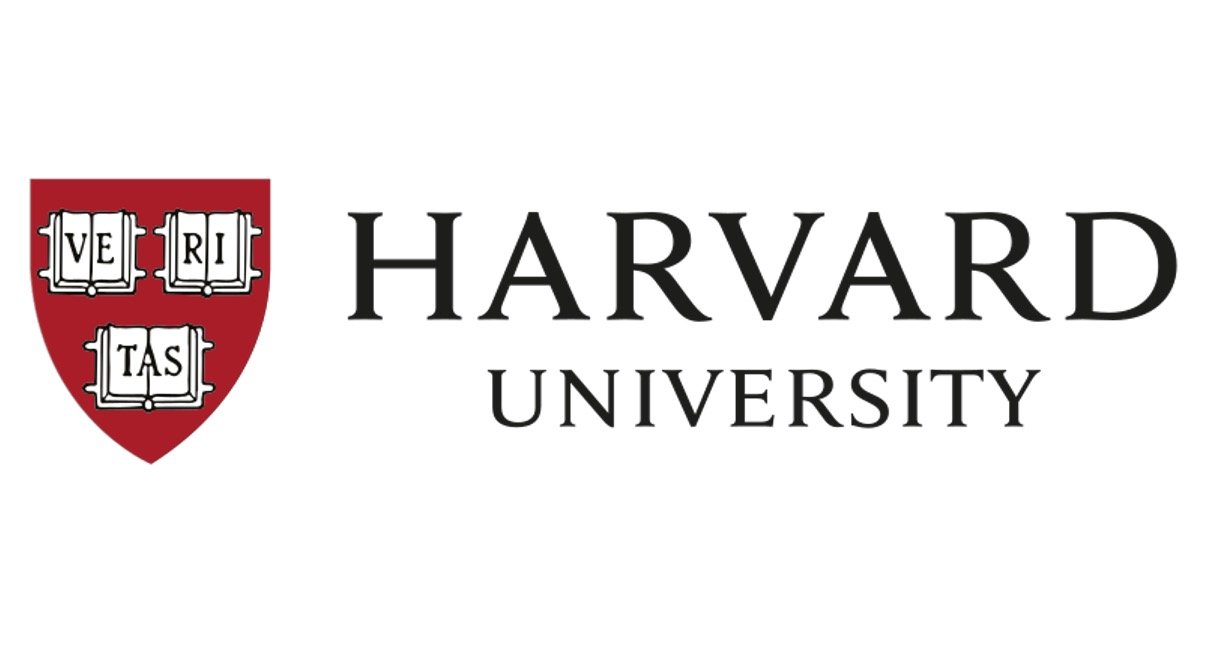About PhD Program,
The PhD degree allows graduates to lead research in academic, industry, or government positions. All prospective applicants should note that the program in Biomedical Data Science is intellectually rigorous, and emphasizes research in novel computational methods aimed at advancing biology and medicine. You may also want to investigate degree programs from other computational and quantitative graduate programs (Bioengineering, Computer Science, Statistics) and other programs in the Biosciences Programs (such as Genetics, Chemical & Systems Biology, or Structural Biology). In contrast to the other computational/quantitative programs, DBDS focuses more on informatics issues of knowledge representation and reasoning, data mining and analysis, and machine learning, while in contrast to the Biosciences programs, DBDS places greater emphasis on method development and evaluation than on basic science. Faculty from many departments have research projects of a computational nature, and in some cases there is considerable overlap, but our applications committee evaluates the fit of your application to our program, so the choice of a home program is an important one.
Our students come from diverse backgrounds and training experiences. Some enter straight from baccalaureate training, while others have pursued advanced degrees, such as an MS, MPH, or MD, or worked in clinical medicine, bioengineering, biotechnology, or software engineering.
PhD Program Degree Eligibility with GPA,
The curriculum is described on Stanford ExploreDegrees.
The doctoral program is a full-time, residential, research-oriented program. DBDS does not offer part-time or distance education leading to the PhD. However, some students have applied to the part-time distance education MS program, completed that degree, and then submitted a separate application to the PhD program. There is no guarantee that Masters graduates will be accepted into the PhD program.
PhD students typically start in the fall quarter, but may begin in the preceding summer. They spend an average of about five years at Stanford.
Candidates are encouraged to explore the various research interests of the biomedical informatics core and participating faculty. Lab rotations during the first year expose students to different labs and faculty. Prior to being formally admitted to candidacy for the doctoral degree at the end of the second year of study, each student must demonstrate knowledge of informatics fundamentals and a potential for succeeding in research by passing a qualifying examination. Students later complete and defend a doctoral dissertation.
MDs interested in the PhD should contact us early, especially if you are coordinating the DBDS training with further medical residency or fellowship training. It is also important to ensure that sufficient math and computer science prerequisites are completed before applying.
PhD Funding Coverage,
DBDS follows the same funding model as other programs in Biosciences: all of our PhD students are fully funded, and, at time of starting graduate school, your funding does not tie you to any particular lab, giving you the freedom to explore your research interests at Stanford. All funding sources cover tuition, a stipend, and health insurance. However, there are some restrictions:
US citizens and permanent residents are eligible for our National Library of Medicine (NLM) Training Grant. They can also apply for National Science Foundation Graduate Fellowships, and other external fellowships; this is encouraged, but not required.
Join dozens of Stanford Medicine students who gain valuable leadership skills in a multidisciplinary, multicultural community as Knight-Hennessy Scholars (KHS).
KHS admits up to 100 applicants each year from across Stanford’s seven graduate schools, and delivers engaging experiences that prepare them to be visionary, courageous, and collaborative leaders ready to address complex global challenges. As a scholar, you join a distinguished cohort, participate in up to three years of KHS’s leadership program, and receive full funding for up to three years of your PhD studies at Stanford.
Candidates of any country may apply. KHS applicants must have earned their first undergraduate degree within the last seven years, and must apply to both a Stanford graduate program and to KHS. Stanford PhD students may also apply to KHS during their first year of PhD enrollment.
If you aspire to be a leader in your field, we invite you to apply. The KHS application deadline is October 9, 2024. Learn more about KHS admission.
NSF Graduate Research Fellowship Program (GRFP). Open to first or second year graduate students. Eligibility: No previous graduate training (e.g., masters degree), must be US citizen or permanent resident. Due date: late October.
Students with full external funding are also eligible to apply, but having external funding does not guarantee automatic admission. You would still need to apply through the normal application process. You will be able to list the external funding in the “Additional Information” section of the online application under “External Funding for Graduate Study.”
The Warren Alpert CBAI Scholars Program offers funding opportunities for Ph.D. and MS students interested in Computational Biology and AI. Please visit the Warren Alpert CBAI Scholars page for more details about the program.
Application Requirement,
- Complete the Biosciences PhD application
- Note that the Biosciences Program allows you to select two departments/programs from which you will receive simultaneous consideration. Also note that only one PhD application per academic year is allowed, and that Computer Science, Bioengineering, and Statistics are not part of the Biosciences Program.
- Submit scanned (unofficial) transcripts as part of the Biosciences application. Graduate Admissionsonly requires admitted applicants who accept the offer of admission to submit official transcripts that shows their degree conferral. Please do not send or have sent any official transcripts to us at this time.
- See our page about the Personal Statement.
- Please include an up-to-date version of your CV.
- The GRE General Test score is not required and will not be considered if submitted. We do not require any GRE Subject Test scores.
- Letters of recommendation cannot be mailed, emailed, faxed, or submitted through a letter service (with the exception of Interfolio). For letters submitted via Interfolio, please remember that letters written specifically for your Stanford graduate program tend to be stronger than letters written for general use purposes.
- For materials that are mailed, please use our Contact Address.
- Please do NOT upload supporting materials, such as published papers, unpublished manuscripts, BS or MS theses, writing samples, posters, or class projects, with your application.
- To check your application status, click here to Visit Your Status Page. Interview invitations go out in early January, and interviews are in late February or early March. Offers of admission are made on a rolling basis starting in March. Finals decisions from admitted candidates are due by April 15.
- The selection of PhD students admitted to DBDS is based on an individualized, holistic review of each application, including the applicant’s academic record, the letters of recommendation, the statement of purpose, personal qualities and characteristics, and past accomplishments.
- Deferral of admission: DBDS generally does not allow deferral of admission to the PhD program, and it is better for you to apply when you are ready to begin your graduate study following the normal timeline. However, sometimes one’s circumstances change; please contact us if that happens to you.
Application Deadline,
Dec 03, 2024
Application Fee,
The application fee is $125 and is non-refundable.


